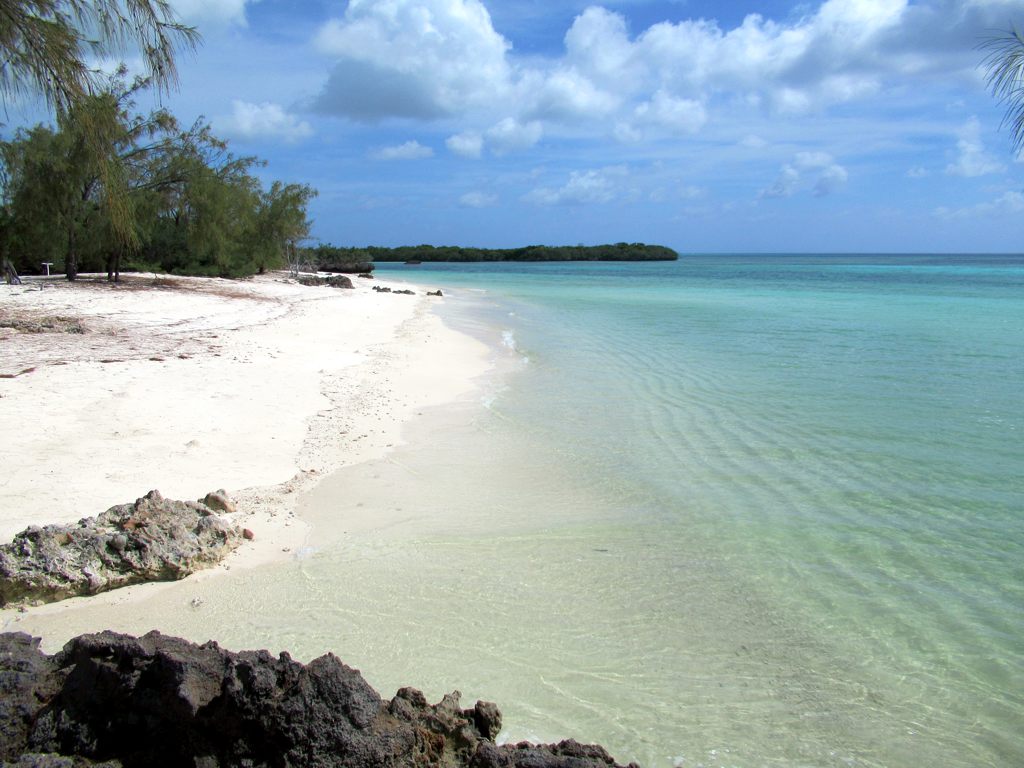
Small island developing states increasingly find themselves with large amounts of plastic waste. A recent study looked at the financial cost for removing it.
Aldabra Atoll is a UNESCO World Heritage Site in the Seychelles. It is the world’s second-largest coral atoll and is the home of 307 species of animals and plants, including the largest population of giant tortoises in the world. Aldabra has been called one of the wonders of the world and one of the crown jewels of the Indian Ocean.
Last year, a team from the University of Oxford and the Seychelles Island Foundation, spent five weeks removing litter that had washed up on Aldabra’s shores. In total, they removed 25 tons of plastic litter which, to their surprise, was dominated by waste from the fishing industry. The researchers now estimate that over 500 tons of litter remain on the island, 83% of which consists of buoys, ropes, nets, and, of all things, over 300,000 individual flipflops. This is the largest accumulation of plastic waste reported for any single island in the world.
According to the study, the cost to clean up the entire island would be nearly $5 million, requiring 18,000 person-hours of labor. A project of this magnitude is beyond the capacity of non-profit organizations like the Seychelles Islands Foundation.
The plastic pollution in Aldabra is related to the fishing industry in Seychelles, which provides tuna to high-income markets around the world. The research highlights how even remote highly protected island ecosystems are impacted by global pollution and how difficult and costly it is to remedy.
**********
Web Links
Millions of dollars to clean up tuna nets and flip flops from island state
Photo, posted December 27, 2016, courtesy of David Stanley via Flickr.
Earth Wise is a production of WAMC Northeast Public Radio.
Leave a Reply